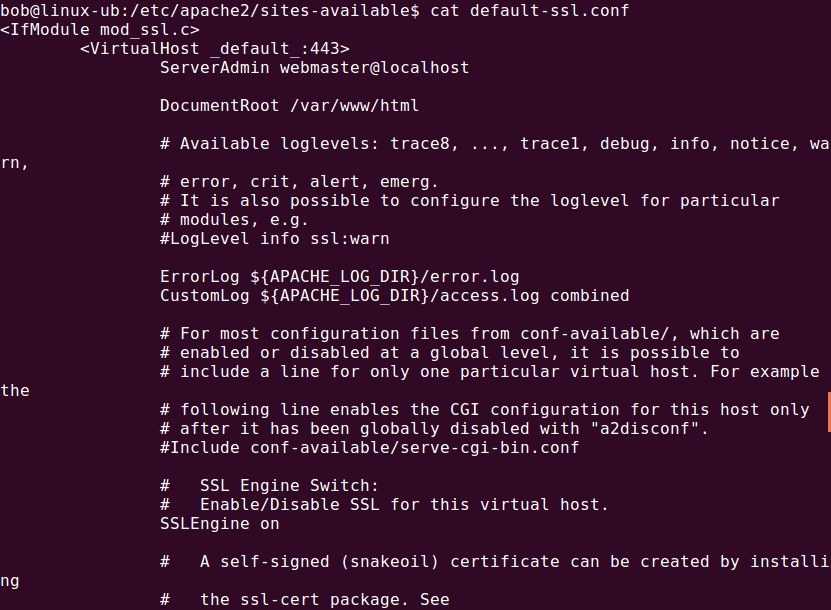How to Configure SSL in Apache
SSL (Secure Sockets Layer) is a crucial component of web security, encrypting data exchanged between a web server and a user’s browser. Configuring SSL in Apache is essential for ensuring that your website is secure and trustworthy. In this article, we will guide you through the process of setting up SSL on your Apache server.
Step 1: Install Apache
If you haven’t already done so, you will need to install Apache on your server. You can do this by running the following command in your terminal:
sudo apt install apache2
Step 2: Install OpenSSL
Next, you will need to install OpenSSL, which is a toolkit for implementing SSL and TLS protocols. You can install OpenSSL by running the following command:
sudo apt install openssl
Step 3: Generate SSL Certificate
Once Apache and OpenSSL are installed, you can generate a self-signed SSL certificate. To do this, run the following command:
sudo openssl req -x509 -nodes -days 365 -newkey rsa:2048 -keyout /etc/ssl/private/apache-selfsigned.key -out /etc/ssl/certs/apache-selfsigned.crt
Step 4: Configure Apache for SSL
Next, you will need to configure Apache to use SSL. Open your Apache configuration file in a text editor, usually located at /etc/apache2/sites-available/default-ssl.conf. Add the following lines to enable SSL:
SSLEngine on
SSLCertificateFile /etc/ssl/certs/apache-selfsigned.crt
SSLCertificateKeyFile /etc/ssl/private/apache-selfsigned.key
Save the file and restart Apache by running:
sudo systemctl restart apache2
Step 5: Adjust Firewall Settings
Finally, you will need to adjust your firewall settings to allow HTTPS traffic. If you are using UFW, you can allow HTTPS traffic by running:
sudo ufw allow 'Apache Full'
That’s it! Your Apache server is now configured to use SSL. Test your SSL configuration by visiting your website using https://. If everything is set up correctly, you should see a secure connection.
By following these steps, you can ensure that your website is secure and protected against unauthorized access. Stay safe online!
